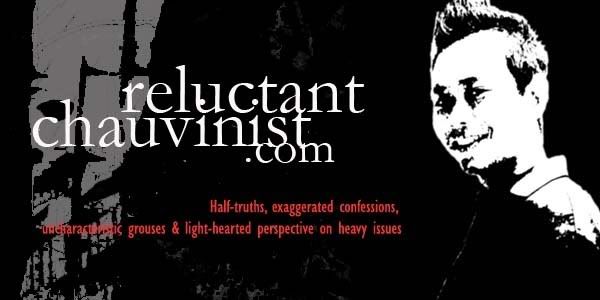4 Misconceptions about the ritual of sacrifice on Eidil Adha in Singapore, refuted.
Misconceptions based on actual words uttered and heard.
1. "They slit off the sheep's throat and smear the blood all over the mosque altar. Then they dance around the altar shouting Allahu akbar in a bloodied frenzy!" (from a 'learned' colleague at a law firm) - No, no and no. That's sick but congratulations on your vivid imagination, you sicko. The practice is strictly controlled by NEA and all blood of the sacrificial animal is directly emitted into a drain and cleared. No blood on mosque walls or altars and guess what? There are no altars in a mosque.
2. "The ritual is a spectacle openly witnessed by the public and even small children. This leaves them psychologically scarred for life." (from a lecturer at a local uni). --- Not true. The regulations stipulate that the slaughtering of the sacrificial animals must be away from public sight. You're welcome to visit any mosque tomorrow, put on your best Sherlock hat and try to spot any evidence of the animals and witness the act of the slaughtering itself. You won't see them. They're hidden. As Muslims, we are bound by the law of the land; we honour it and we willingly comply.
3. "Everyone is free to take part in the act of slaughtering. They anyhow cut, leaving the animal in horrible pain for a long time before dying." (some random rumour-monger on a bus, "teaching" her son) --- False. If that happens, we can't eat the meat because that's not the halal way. It's haram (forbidden). Only NEA licensed personnel are allowed to perform the slaughter itself, and the act, in accordance with Islamic religious law must ensure a deep cut to the jugular vein of the animal, ensuring a swift death.
4. "They leave the meat on the altar for days after that." --- Nope, the essence of the entire ritual is charity, giving and sharing. Commonly, it is mandatory that the meat is distributed into 3 parts: a part for the needy and destitute, a part for relatives and friends, a part for the donor's home. Again, there are no altars in a mosque.
1. "They slit off the sheep's throat and smear the blood all over the mosque altar. Then they dance around the altar shouting Allahu akbar in a bloodied frenzy!" (from a 'learned' colleague at a law firm) - No, no and no. That's sick but congratulations on your vivid imagination, you sicko. The practice is strictly controlled by NEA and all blood of the sacrificial animal is directly emitted into a drain and cleared. No blood on mosque walls or altars and guess what? There are no altars in a mosque.
2. "The ritual is a spectacle openly witnessed by the public and even small children. This leaves them psychologically scarred for life." (from a lecturer at a local uni). --- Not true. The regulations stipulate that the slaughtering of the sacrificial animals must be away from public sight. You're welcome to visit any mosque tomorrow, put on your best Sherlock hat and try to spot any evidence of the animals and witness the act of the slaughtering itself. You won't see them. They're hidden. As Muslims, we are bound by the law of the land; we honour it and we willingly comply.
3. "Everyone is free to take part in the act of slaughtering. They anyhow cut, leaving the animal in horrible pain for a long time before dying." (some random rumour-monger on a bus, "teaching" her son) --- False. If that happens, we can't eat the meat because that's not the halal way. It's haram (forbidden). Only NEA licensed personnel are allowed to perform the slaughter itself, and the act, in accordance with Islamic religious law must ensure a deep cut to the jugular vein of the animal, ensuring a swift death.
4. "They leave the meat on the altar for days after that." --- Nope, the essence of the entire ritual is charity, giving and sharing. Commonly, it is mandatory that the meat is distributed into 3 parts: a part for the needy and destitute, a part for relatives and friends, a part for the donor's home. Again, there are no altars in a mosque.






